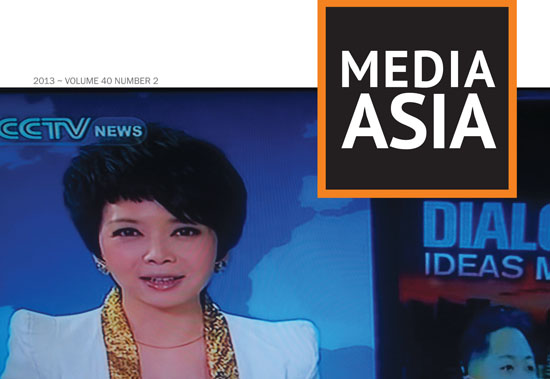
Peace journalism has emerged belatedly in the context of critical studies in Oceania, where seminars over the past two years have addressed conflict reporting and the notion of peace journalism. Following a 10-year civil war in Bougainville in the 1990s and an ethnic conflict in the Solomon Islands in the early 2000s, this academic field has become increasingly important in the South Pacific context, even as other political upheavals have risen in Fiji, Vanuatu, Tahiti and Tonga. On the fringe of the South Pacific geopolitical region are the independent state of Timor-Leste and two contested Melanesian provinces of Indonesia known collectively within Oceania as ‘West Papua’. A Pacific media freedom report in October 2011 raised an unprecedented profile for both Timor-Leste and West Papua in the region, describing the latter in particular as a media ‘blind spot’. Recent elections in both territories, as well as a controversy over a protracted miners’ strike and the future of the Freeport mine in West Papua, bring to the fore ethical issues involving the performance of the Pacific region’s news media. This paper examines the conflict-reporting framework in the South Pacific, and articulates two case studies in Timor-Leste and West Papua within the context of a widening global debate about peace journalism.
Robie, David (2013). Conflict reporting in the South Pacific: A critical reflexive approach to Timor-Leste and West Papua. Media Asia, 40(2), 147-161. Full text: AUT Scholarly Commons and Academia.edu


